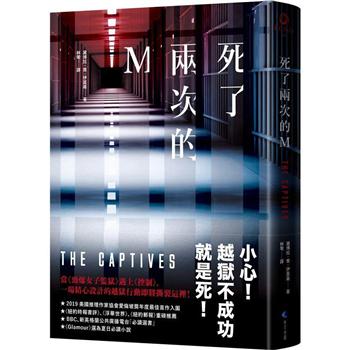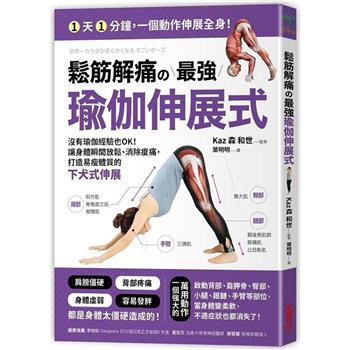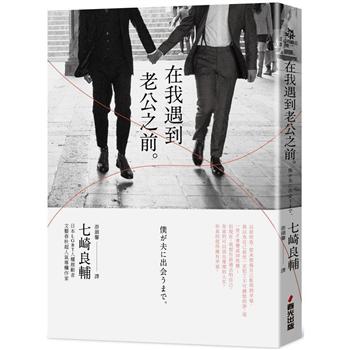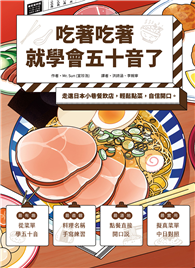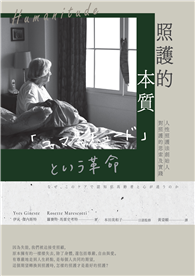Do you want to gain a deeper understanding of how big tech analyzes and exploits our text data, or investigate how political parties differ by analyzing textual styles, associations and trends in documents? Or create a map of a text collection andwrite a simple QA system yourself?
This book explores how to apply state-of-the-art text analytics methods to detect and visualize phenomena in text data. Solidly based on methods from corpus linguistics, natural language processing, text analytics and digital humanities, this book shows readers how to conduct experiments with their own corpora and research questions, underpin their theories, quantify the differences and pinpoint characteristics. Case studies and experiments are detailed in every chapter using real-world and open access corpora from politics, World English, history, and literature. The results are interpreted and put into perspective, pitfalls are pointed out, and necessary pre-processing steps are demonstrated. This book also demonstrates how to use the programming language R, as well as simple alternatives and additions to R, to conduct experiments and employ visualisations by example, with extensible R-code, recipes, links to corpora, and a wide range of methods. The methods introduced can be used across texts of all disciplines, from history or literature to party manifestos and patient reports.
| FindBook |
有 1 項符合
Text Analytics for Corpus Linguistics and Digital Humanities: Simple R Scripts and Tools的圖書 |
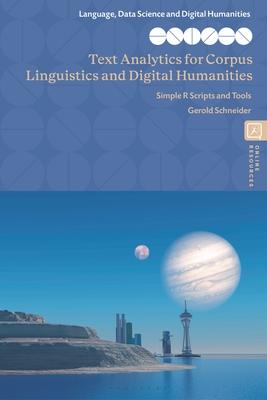 |
Text Analytics for Corpus Linguistics and Digital Humanities: Simple R Scripts and Tools 作者:Schneider 出版社:Bloomsbury Academic 出版日期:2024-05-02 語言:英文 規格:精裝 / 224頁 / 23.39 x 15.6 x 2.54 cm / 普通級/ 初版 |
| 圖書館借閱 |
| 國家圖書館 | 全國圖書書目資訊網 | 國立公共資訊圖書館 | 電子書服務平台 | MetaCat 跨館整合查詢 |
| 臺北市立圖書館 | 新北市立圖書館 | 基隆市公共圖書館 | 桃園市立圖書館 | 新竹縣公共圖書館 |
| 苗栗縣立圖書館 | 臺中市立圖書館 | 彰化縣公共圖書館 | 南投縣文化局 | 雲林縣公共圖書館 |
| 嘉義縣圖書館 | 臺南市立圖書館 | 高雄市立圖書館 | 屏東縣公共圖書館 | 宜蘭縣公共圖書館 |
| 花蓮縣文化局 | 臺東縣文化處 |
|
|
圖書介紹 - 資料來源:博客來 評分:
圖書名稱:Text Analytics for Corpus Linguistics and Digital Humanities: Simple R Scripts and Tools
內容簡介
|

